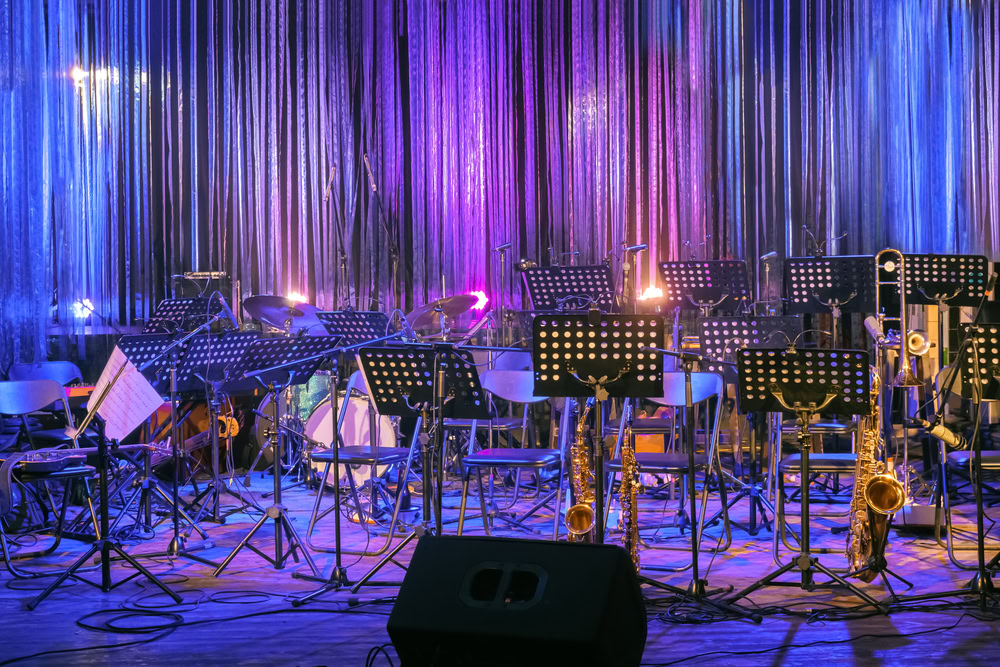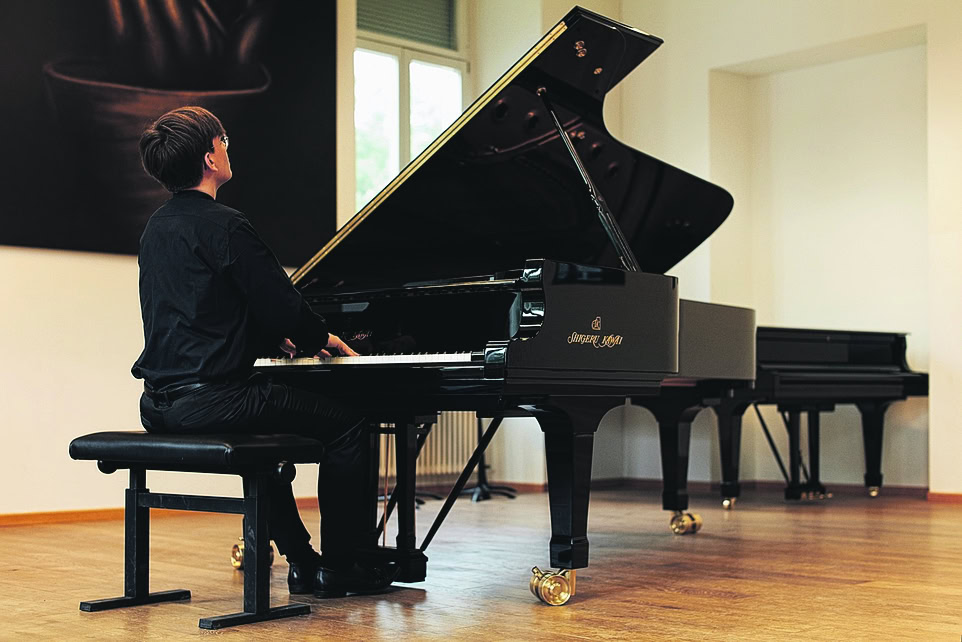Healthy music-making from an early age
At their 11th symposium, the Swiss Society for Music Medicine (SMM) and the Swiss Performers' Foundation discussed "Healthy music-making in childhood and adolescence" at the Zurich University of the Arts (ZHdK).

Children and young people face particular physical and psychological challenges. On the one hand, their bodies change considerably while they are learning to play an instrument, to which they have to react with constant ergonomic adjustments. On the other hand, they find themselves in complex areas of tension between their own, as yet unresolved life plans and the expectations of parents, schools and friends. On October 26 in Zurich, renowned experts discussed these issues - expertly and knowledgeably moderated by Ticino doctor Adrian Sury.
Elisabeth Danuser, Head of Continuing Education at the ZHdK, pointed out another challenge in the first presentation of the day at the symposium led by SMM founder Pia Bucher: "School classes and music-making classes are becoming increasingly heterogeneous in terms of attention and previous training. It is therefore important to develop individual strategies for teaching and practicing music. ZHdK music physiologist Horst Hildebrandt then offered an overview of the initiatives and institutionalization of health care at music schools and colleges in German-speaking countries. With the Lahr Music Physiological Counseling Center, which he founded in 1993, he was a pioneer in Germany in providing services for music schools. Whereas musicians with such problems previously had to turn to doctors who were unable to recognize their professional or activity-specific problems as such, today they are supported by specially trained experts in their training and everyday working life, now also at the conservatoires themselves.
Christine Bouvard Marty, President of the Swiss Association of Music Schools (VMS), formulated rules for inclusive music lessons. In view of the increasingly complex tasks, this faces special challenges. In addition to the variety of teaching methods, the speaker emphasized the multiple sensory aspects: Making music with children and young people must involve all the senses and, above all, the adolescents' desire to move, so that they can constantly harmonize their musical practice and body image anew.
In workshops, music physiologist Oliver Margulies, who works in Zurich, and Frankfurt-based physiotherapist Alexandra Türk discussed the anatomical and physiological characteristics of young musicians. Margulies presented the diagnostic possibilities for musicians' hands, which were developed in Hanover in pioneering work by Christoph Wagner. His Hannover Hand Competence Center has since been taken over by the ZHdK. Alexandra Türk used the example of an adolescent graduate of the Zurich Conservatory to illustrate the effects of physical changes on instrumental playing. Girls in particular, who are growing rapidly at a certain stage, have to pay attention to phenomena such as a "hunched back" and a recalibration of their sense of balance.
Lucerne rheumatologist Urs Schlumpf pointed out that instrument-specific complaints tend to increase in children and young people. However, the increased demands in an increasingly competitive society can be met with child-friendly instrument variations, consistent warm-up programs and clever division of overtime and playing time. Finally, Zurich child and adolescent psychiatrist Dominique Simon put some of the increasingly inflationary psychological and social disorder diagnoses of children into perspective and pleaded for a more relaxed approach to so-called "difficult" music students.








